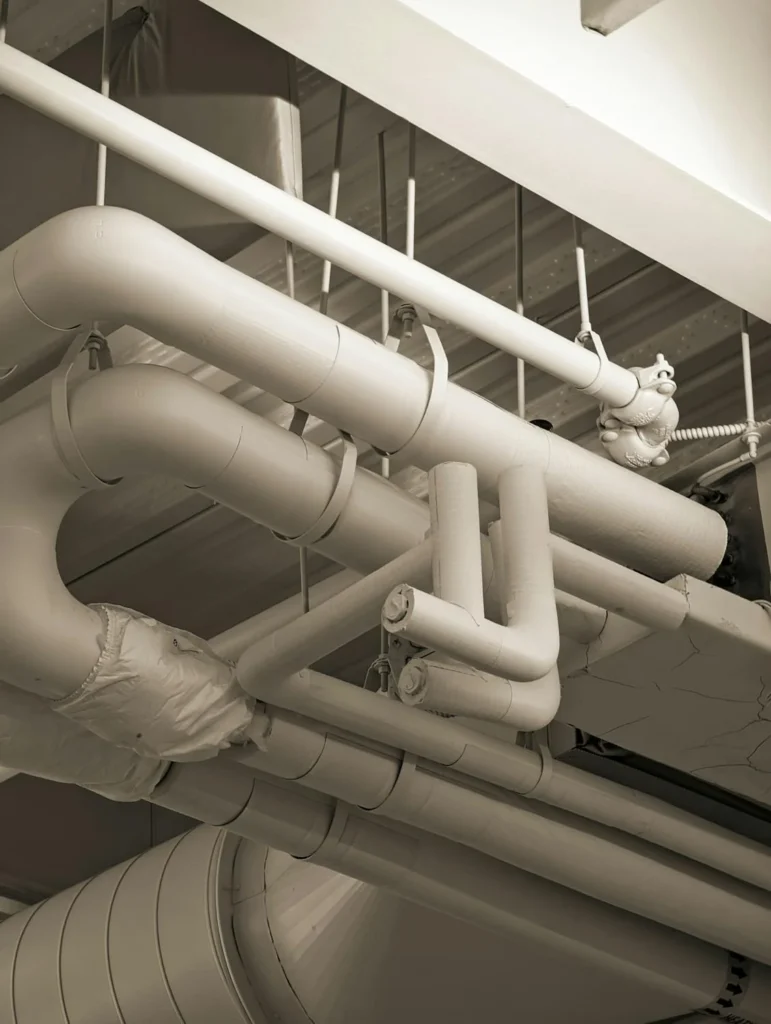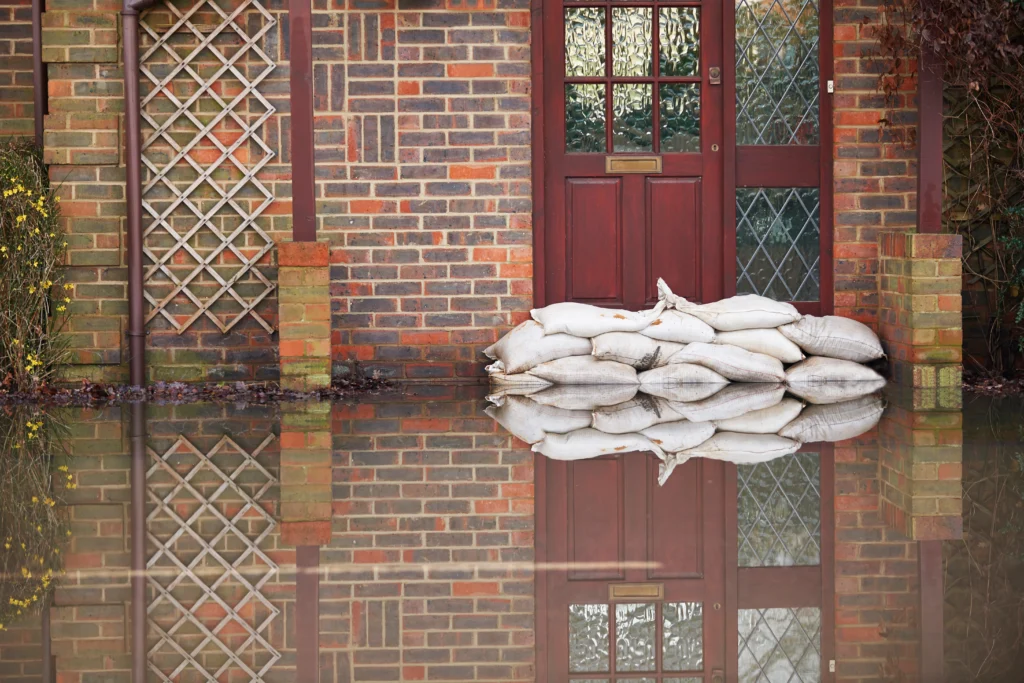Quick answer
The top five signs of mould in your home are a persistent musty odour, visible mould growth (often in patches), unexplained allergic health symptoms like sneezing or skin rashes, signs of water damage like stained walls or peeling paint, and excessive condensation on windows or walls. Spotting any of these signs means you need professional mould removal to protect both your property’s structure and your health from potential long-term damage.
Mould in UK homes
According to Gov over 6.6 million households in the UK are affected by mould. To put that into perspective, that’s a staggering 27% of homes. Over a quarter of UK households are affected by the category 1 health risk that is mould. Mould growth can occur quickly and become a major issue in no time at all. This makes it very important to know the signs of mould and what steps you should take to minimise risk and potential costs.
Knowing and being able to identify these signs will help you prevent the need for expensive repairs, but it will also keep you and your family safe from the health risks associated with mould growth. By the end of this blog, you will be known and be able to identify five common signs of mould in your home and the best course of action to take.
Here are the top five signs that it’s time to act and schedule mould removal in your home.
Visible mould growth
We’ll start with the clearest and easiest signs of mould to identify…mould. If you are noticing visual signs of mould inside of your home, it should go without saying that you have a mould problem. Mould can appear as black, green, white or even brown patches. The colour will depend on the type of mould, but it is important to understand that there is no less serious type of mould, and you should look to have it removed no matter what colour it is.
Another important thing to understand is that mould spreads very quickly. What can be a small patch of mould on your bathroom wall can quickly spread and cover an entire wall in a matter of days. Hiring a professional mould removal service provider the moment you notice a small patch of visible mould can save you thousands of pounds in future costs. Act quickly and deal with the problem before it has the chance to become one.
Persistent musty odour
Persistent musty odours are one of the first signs of mould to look out for in your home. Mould requires certain conditions to grow, one of them being high moisture levels or damp. The damp odour combined with the volatile organic compounds (VOCs) released during the mould’s growth process create this lingering musty odour. Although you may not be seeing a visual sign of mould, this lingering odour is a strong sign that you have a hidden mould issue. Hidden mould often occurs in places with poor or little airflow:
- Under your kitchen/ bathroom sink
- Behind furniture
- Basements or cellars
- Behind walls
Damp or water damaged areas
Mould requires a damp environment to grow and thrive. For this reason, it is important that you keep an eye out for damp or water damaged areas as this is an indication of mould or a mould problem. Although the mould itself may not have had time to form if you spot the damp early enough, it’s important to quickly deal with the issue before mould proliferation takes place. A professional leak detection service provider will be able to help locate the source of the damp. Using various leak detection tools and techniques will help them narrow down the area and pinpoint the escape of water. Once found, the leak can be fixed before significant water damage can occur and mould growth can take place.
Persistent health issues with no clear cause
Unexplained and persistent health issues are another sign of mould in your home. Respiratory health issues are especially common with the presence of mould. Symptoms of health issues caused by mould include:
- Irritated eyes, throat or skin
- Persistent headaches
- Persistent coughing or sneezing
- Aggravated asthma or other
These symptoms are very common in homes affected by mould. When multiple people are experiencing the same symptoms with no clear cause as to why, it is an indication that there are mould spores in your property. It is important to address the issue quickly because prolonged exposure to mould can lead to far more significant health issues and in some cases can even be fatal. It is especially dangerous for young children or people with allergies, respiratory issues or compromised immune systems.
Peeling paint or wallpaper
Although this sign may not be caused by the presence of mould itself, it is a sign of excessive moisture. The excessive moisture in your property will inevitably lead to mould growth occurring. However, mould can also grow behind wallpaper and paint and in these situations the mould will push against it, causing these visible defects. This sign of mould is more common in certain areas of your home like the bathroom and kitchen. Once again, it is important to quickly address the issue once you notice this sign of mould. Quickly hiring a professional and experienced mould removal service provider will restore your property and peace of mind whilst preventing future damage.
Next steps – Mould Removal
Mould is more than just a minor inconvenience, alongside the health effects associated with mould exposure is the damage it can do to your property. Mould is a living organism and requires a food source to grow and thrive. The mould in your property will break down the surface it is growing on and use it as a food source. If left for a long period of time, the mould will break down a surface which in turn will compromise the structural integrity of your property.
To avoid this and other forms of secondary damage it is important to quickly deal with the mould problem as well as the root cause. A professional mould removal provider will ensure that both the surface mould and airborne spores are removed. All surfaces need to be correctly sanitised. The use of HEPA filters is essential during a mould removal service because the technology is designed to capture even the smallest particles. Mould spores are very small and pass through traditional vacuum filters and re-enter your home.
Conclusion
Being proactive when you spot the signs of mould can protect your home and your health. From musty odours to peeling wallpaper, these early indicators shouldn’t be ignored. Trust a professional mould removal service to restore your home and ensure it’s safe for your family.
Don’t let mould take over, take decisive act today! Schedule a professional inspection and mould removal service to keep your home healthy and mould-free. If you are experiencing signs of mould and need support in tackling the issue in your property. Contact one of the Ideal Response team who will happily answer any questions and advise on what the best course of action is to take.
Top signs of mould: Frequently asked questions
What are the most common signs of mould in a house?
The most common signs of mould are a persistent, musty, or earthy smell, visible patches of black, green, or white growth on walls or ceilings, and signs of water damage like bubbling paint or dark stains. You may also notice an increase in allergy-like symptoms, such as sneezing or a runny nose, when you are in a specific area of your home.
Is there a difference between mould and mildew?
Yes, while both are types of fungi that thrive in damp conditions, mildew is a surface-level fungus that appears as a flat, powdery patch of grey or white. Mould is typically more invasive, often having a fuzzy or slimy texture in various colours, and can penetrate deeper into materials, causing more significant structural and health issues.
What does black mould look like and is it dangerous?
Black mould, scientifically known as Stachybotrys chartarum, typically appears as slimy, dark green or black patches. While the mould itself isn’t toxic, it can produce mycotoxins that are harmful to health, potentially causing respiratory issues, chronic fatigue, and persistent headaches. All visible mould should be treated with caution and removed professionally.
What causes mould to grow indoors?
Mould growth indoors is almost always caused by excess moisture. The primary causes are high humidity (above 60%), condensation on cold surfaces like windows, unresolved water leaks from pipes or roofs, and poor ventilation in areas like bathrooms and kitchens. Mould needs moisture, a food source (like wood or drywall), and warmth to thrive.
Can mould in my home make me sick?
Yes, mould exposure can cause a range of health problems. Common symptoms are similar to allergies and include sneezing, coughing, a runny nose, skin rashes, and eye irritation. For individuals with asthma or compromised immune systems, the effects can be more severe, potentially leading to respiratory infections and other serious conditions.
Can I remove mould myself?
For very small, surface-level mould spots (less than 1 square metre), DIY cleaning with appropriate protective gear may be an option. However, for larger infestations, recurring mould, or if you suspect it’s hidden behind walls, professional mould removal is essential to ensure the entire problem, including the moisture source, is safely and completely eradicated.
Is mould removal covered by home insurance in the UK?
Generally, standard home insurance in the UK does not cover mould removal if it resulted from a preventable issue like poor maintenance or condensation. However, if the mould is a direct result of a covered peril, such as a sudden burst pipe, you may be covered for the resulting damage, including mould remediation. Always check your specific policy details.

Chris Hedges - Head of Marketing
With over 25 years' experience, Chris is adept at defining and driving strategy, while also enjoying hands-on operational delivery. He believes in an equal blend of creativity and analytical scrutiny, always finding inventive ways to achieve objectives, underpinned by evidence. Chris’s philosophies are simple: don't overcomplicate, always prioritise customer experience, and bend the rules just enough to cut through the noise and drive momentum and growth.





















